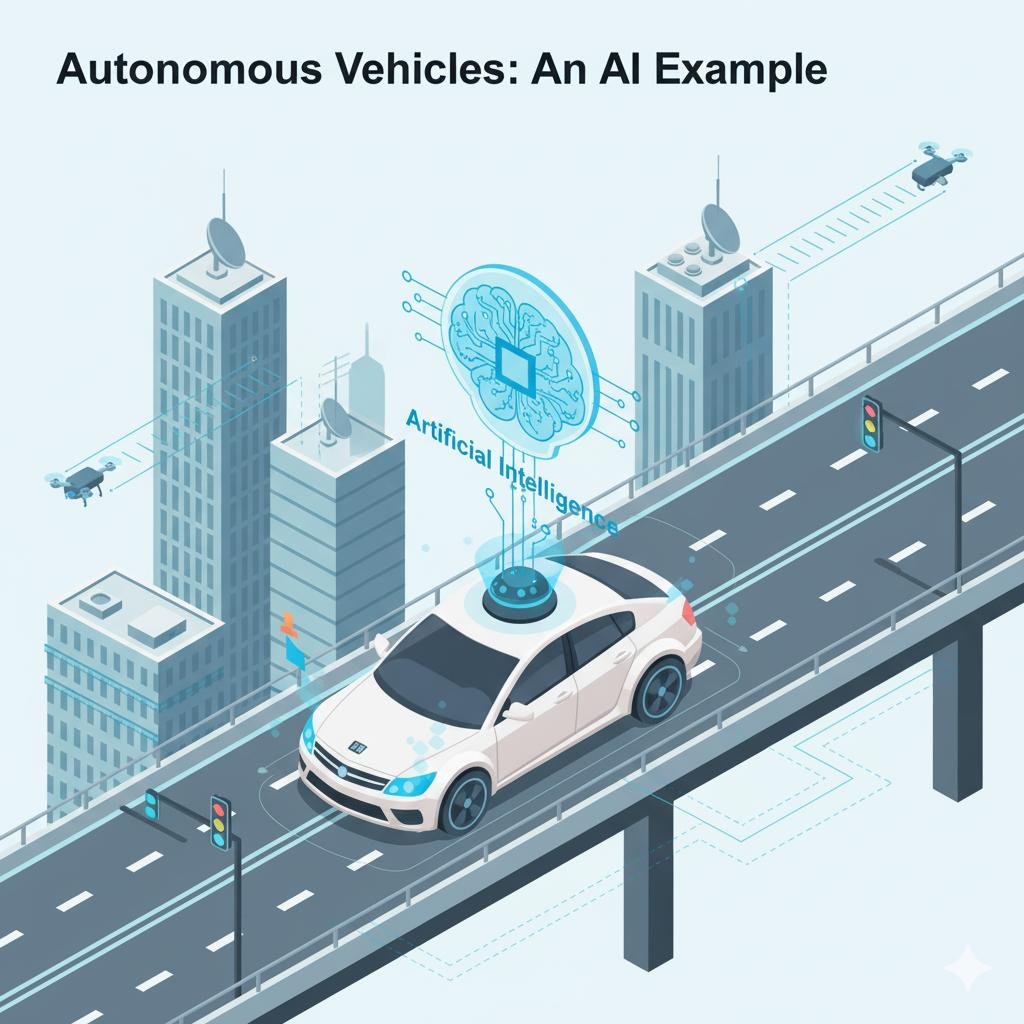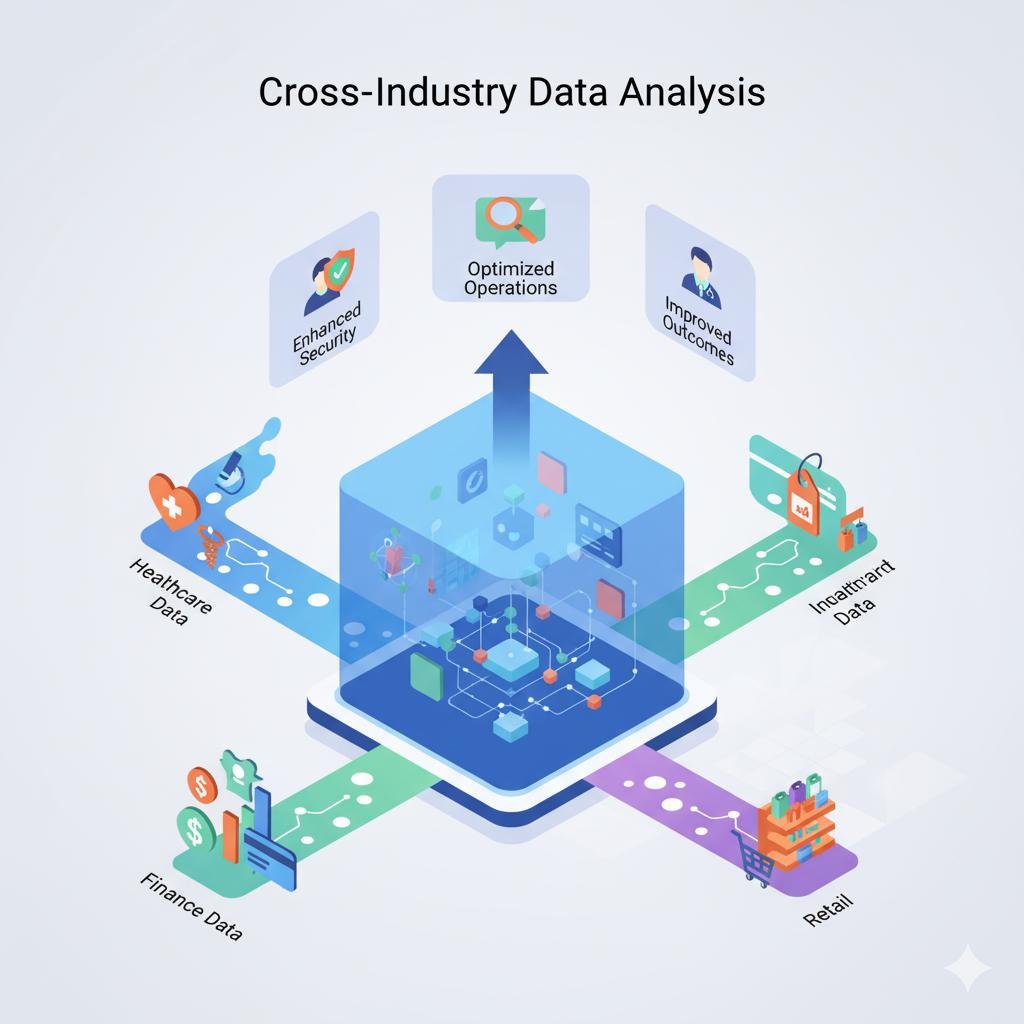Introduction
Have you ever wondered why people use Artificial Intelligence (AI) and Machine Learning (ML) as if they mean the same thing? If so, you’re not alone. In today’s fast-paced tech world, many executives, professionals, and even tech enthusiasts frequently use these terms interchangeably. However, the reality is different, while AI and ML are closely related and often overlap, they are not identical. In fact, understanding the distinction between AI and ML is essential for anyone interested in technology, business strategy, or data-driven innovation.
At its core, machine learning is a subset of AI—but reducing it to just a “branch” doesn’t do justice to the unique role it plays. Think of AI as the dream of building intelligent machines, and machine learning as one of the most successful ways of making that dream a reality.
In this post, we’ll break down the real differences between AI and machine learning, explore practical examples, and highlight why understanding this distinction is critical—whether you’re a student, business leader, or curious learner.
Defining the Terms Clearly
What Is Artificial Intelligence (AI)?
AI refers to the broad field of creating machines capable of performing tasks that normally require human intelligence. These tasks range from reasoning, planning, and problem-solving to understanding language, recognizing images, and making decisions.
In short, AI is about building “intelligent agents”—systems that can perceive their environment and act in ways that maximize their chance of success.
Examples include:
- Chatbots that understand and respond in natural language.
- Autonomous vehicles that interpret surroundings and make split-second driving decisions.
- Recommendation systems (like Netflix or Spotify) that adapt to your preferences.
What Is Machine Learning (ML)?
Machine learning is a sub-field of AI focused on enabling systems to learn from data rather than being explicitly programmed. Instead of coding every decision rule, ML algorithms discover patterns and adjust predictions or actions over time.
Examples include:
- Spam filters that learn from millions of emails to spot unwanted messages.
- Credit scoring models that analyze historical financial behavior to predict risk.
- Image recognition systems that identify cats in photos by processing massive datasets.
So, if AI is the “what,” machine learning is the “how.”
Key Differences Between AI and Machine Learning
To make this more digestible, let’s compare them directly.
| Aspect | Artificial Intelligence | Machine Learning |
|---|---|---|
| Definition | Broad field of creating intelligent machines. | Subset of AI focused on learning from data. |
| Goal | Simulate human intelligence and decision-making. | Improve accuracy/predictions through data patterns. |
| Approach | May involve rules, logic, reasoning, or learning. | Relies heavily on statistical models and algorithms. |
| Examples | ChatGPT, self-driving cars, voice assistants. | Spam filters, fraud detection, image recognition. |
| Scope | Wide, includes ML, expert systems, robotics, NLP. | Narrower, purely data-driven. |
The lines blur because machine learning has been the driving force behind AI’s recent breakthroughs. When you hear about AI beating humans at Go, generating human-like text, or detecting tumors in scans, machine learning is usually behind it.
This overlap makes it tempting to equate the two. But remember: AI existed as a concept long before ML became mainstream. Early AI relied on rule-based systems—explicit if-then rules coded by humans. Machine learning took AI further by enabling systems that learn on their own.
Real-World Examples: AI vs. Machine Learning
AI Example: Chess Programs of the 1980s
Early chess programs, like IBM’s Deep Blue, relied on brute-force logic and expert-crafted rules. That was AI without much “learning.”
ML Example: Netflix Recommendations
Netflix doesn’t rely on fixed rules. Its algorithms learn continuously from user behavior—what you watch, pause, skip—to personalize recommendations.
Mixed Example: Autonomous Cars
Self-driving cars combine AI and ML:
- AI handles overall decision-making and the examples include when to overtake and follow traffic laws.
- ML powers vision systems that recognize pedestrians, lanes, and traffic signs.

This interplay illustrates how ML is often embedded within larger AI systems.
Benefits and Limitations of Each
Advantages of AI (Broad Scope)
- Can combine multiple approaches (logic, robotics, ML).
- Suitable for tasks where rules are clear and fixed.
- Offers holistic problem-solving (not just data-driven).
Merits of Machine Learning
- Adapts over time—systems get better as more data flows in.
- Excels in pattern recognition: speech, vision, predictions.
- Powers personalization and predictive analytics.
Limitations
- AI (broad): May be rigid if based only on rules and hard to adapt to dynamic environments.
- ML: Needs vast, high-quality data and susceptible to bias if training data is flawed.
Industry Applications: Where the Difference Matters
Understanding the difference isn’t just academic—it impacts industries:
Healthcare
- AI: Diagnostic decision-support tools, robotic surgery, NLP for patient records.
- ML: Predictive models for disease risk, imaging recognition for early cancer detection.
Finance
- AI: Automated trading systems, fraud alerting platforms.
- ML: Credit scoring, customer churn prediction, algorithmic fraud detection.
Retail
- AI: Chatbots for customer support, supply chain optimization.
- ML: Product recommendation engines, demand forecasting models.

By separating the two, businesses can choose whether they need general AI capabilities (e.g., automation across functions) or specific ML solutions (e.g., predicting demand trends).
The Future of AI and Machine Learning
AI and machine learning are evolving together, but not always at the same pace. Some trends to watch:
- Generative AI (like ChatGPT): Uses ML models trained on massive datasets, blending AI goals (understanding language) with ML methods.
- Explainable AI (XAI): Tackles one of ML’s weaknesses—black-box models—by making decisions more interpret-able.
- Edge AI + ML: Running ML models on local devices (e.g., smartphones, IoT) for faster, privacy-friendly decisions.
- AI Beyond ML: Research into symbolic AI and neurosymbolic systems is reviving interest in approaches outside of pure data-driven learning.
The takeaway: ML may dominate headlines today, but AI’s future will involve hybrid approaches that balance data-driven power with reasoning and transparency.
Key Takeaways
- AI is the big picture; machine learning is one piece of it.
- AI seeks to mimic human intelligence broadly, while ML focuses on learning from data.
- Many of today’s “AI” breakthroughs (speech recognition, recommendation engines) are powered by machine learning.
- Businesses need to know the difference to invest wisely—AI for broader automation, ML for data-driven predictions.
Conclusion
The next time you hear someone use AI and machine learning interchangeably, you’ll know better. AI is the dream of human-like intelligence; machine learning is one of the most powerful ways we’re realizing that dream.
As industries continue to transform—from hospitals using ML to detect diseases, to banks relying on AI for fraud prevention—the distinction matters more than ever. Understanding these nuances helps you not only keep up with the buzz but also make informed decisions, whether you’re building products, investing in technology, or simply navigating a world reshaped by intelligent systems.
Call to Action
Curious to go deeper? Explore our related guides on:
- Machine Learning Basics for Beginners: Unlocking the Magic of AI
- Human vs Artificial Intelligence: Who Wins in the Digital Age?
👉 If you found this post useful, share it with a colleague or leave a comment with your thoughts on where AI and machine learning are headed next!



